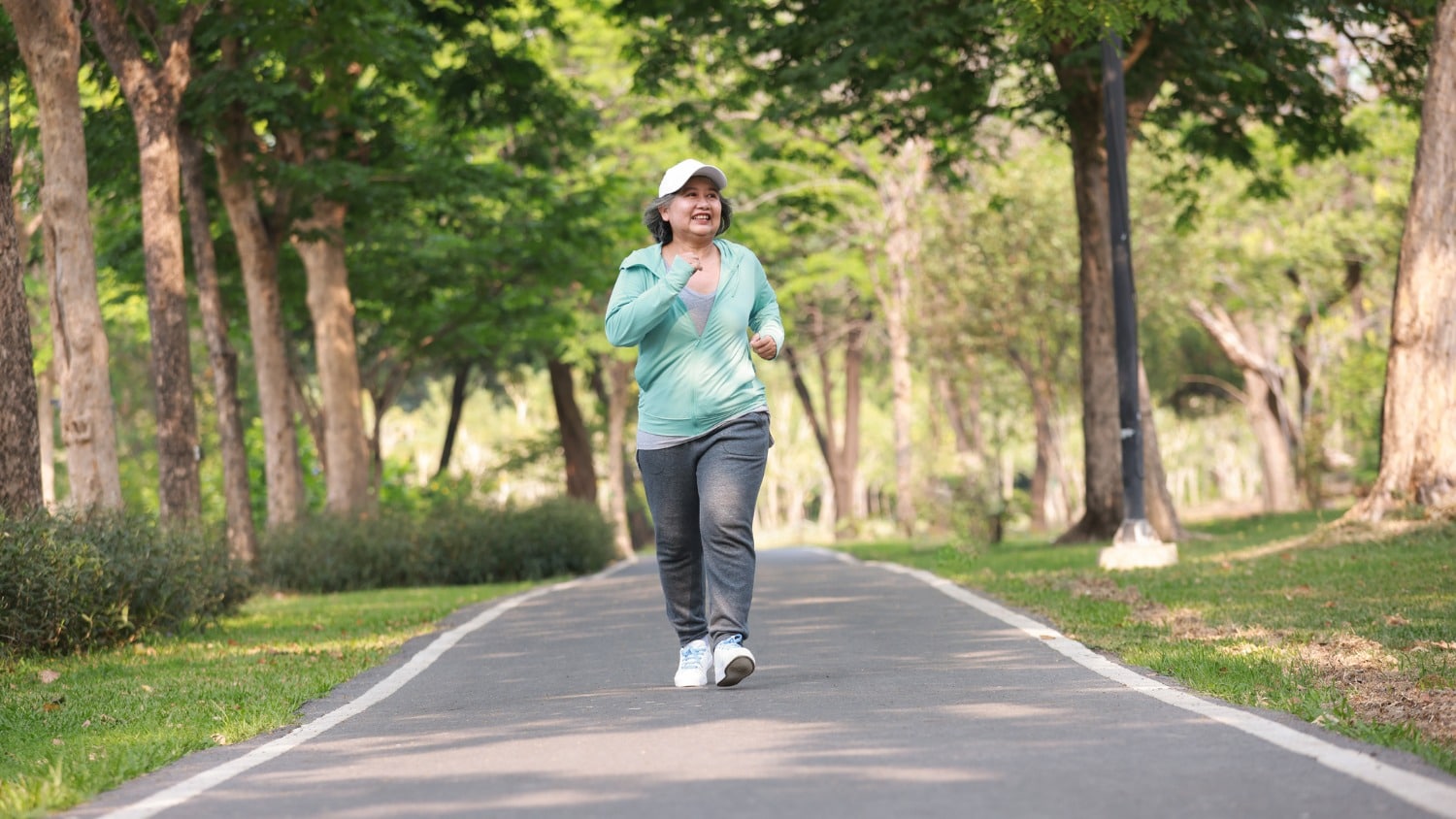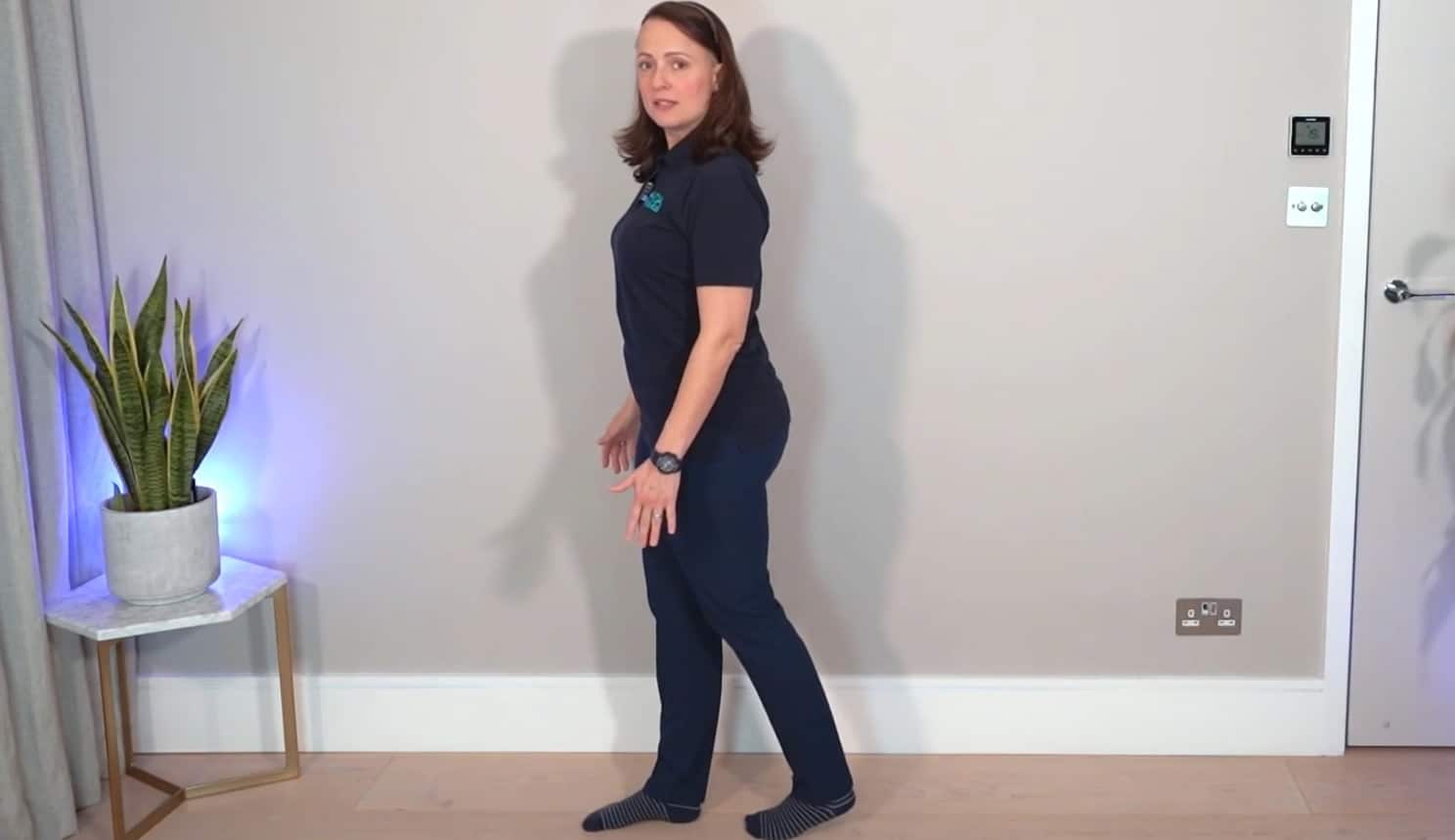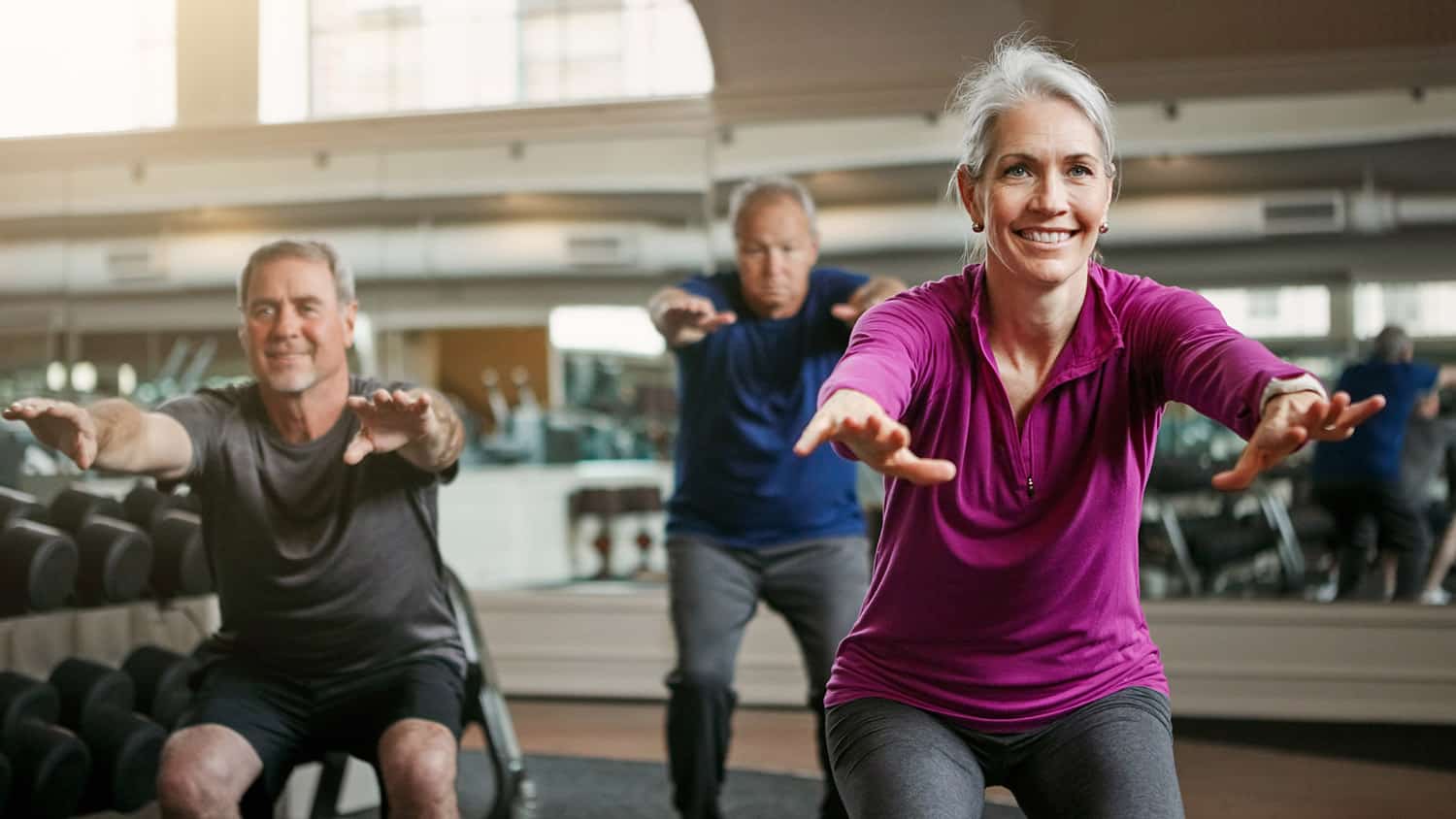
Can We Transform Our Brains? (By Coming to Our SENSES)
Exercise can transform your brain. Have you ever considered this before? Did you know that exercise can:
- Boost your memory and thinking skills?
- Increase your energy?
- Improve your focus?
- Decrease stress?
- Decrease social anxiety?
- Improve processing of emotions?
- Build stronger neural connections?
And exercise has also been shown to stave off signs of early dementia and other neurological conditions. It sounds like miracle medicine for the mind, doesn’t it? That’s because it is!
Exercise Can Transform Your Brain
Did you already know that exercise was such a super power?
Do you know why?
Here is how exercise affects the brain and why it is so powerful. Exercise:
- Increases blood flow to the brain, which exposes the brain to more oxygen and nutrients.
- Induces the release of beneficial proteins in the brain that keep brain cells healthy and promote the growth of new neurons.
- Reduces insulin resistance and inflammation, and stimulates the release of growth factors that affect the health of brain cells, the growth of new blood vessels in the brain, and even the abundance and survival of new brain cells.
- Decreases feelings of anxiety and boosts memory and thinking indirectly by improving mood and sleep, and by reducing stress and anxiety.
- Promotes the growth of new brain cells and protects the brain from aging and neurodegenerative diseases.
And there is another bonus: Exercise helps you sleep better too (which also improves your brain health).
Come to Our SENSES
In my series of articles on creating a more beautiful brain, I wrote about the importance of starting your mind makeover by first Coming to Our Senses for better brain health. And I am using the acronym SENSES (Sleep, Exercise, Nutrition, Stress Management, Eliminating toxins, and Self Care) to discuss the foundations for creating a more beautiful brain.
As you scan over the categories, you will see that they are common sense.
But what we must realize is that our common senses do not automatically translate into common actions.
Today’s topic of exercise is a perfect example of that.
It’s common sense and common knowledge that exercise is good for our brain, right?
And I suspect every neuroscientist and brain health guru on the planet believes that exercise is critical for having a healthier brain.
Wendy Suzuki, Professor of Neuroscience and Psychology at the New York University Center for Neural Science, tells us about the super power of exercise: “Exercise is the most transformative thing that you can do for your brain today.”
Let that sink in… “Exercise is the most transformative thing we can do for our brain today!”
And if that doesn’t get your attention, then consider what American neurosurgeon, Dr. Sanjay Gupta proclaims, “Exercise is the only thing we’ve scientifically documented to improve brain health and function.”
We Should but We Don’t
So, why then is it that more than half of us are not getting enough exercise? In fact, a recent study by the CDC found that 4 out of 5 Americans are not getting enough exercise.
Although we all know ‘we should exercise’ many of us often fall short. With the current recommended exercise of about 150 minutes a week, it seems like we could do better; don’t you think?
People, why the heck aren’t we lining up to sign up at the gym? Why aren’t we lifting weights, taking step classes, or attending the cardio extreme sessions?
Because some of us hate to exercise! In fact, some of us would rather get a root canal than go to yet another one of those 45-minute, heart-pounding, sweat-inducing, body pump classes! Am I right?
So, if the philosophy of ‘no pain… no gain’ just doesn’t appeal to us or inspire us, what then shall we non-exercisers do?
Well, rather than throwing in the ‘sweaty towel’, why don’t we consider a new paradigm for thinking about acquiring more fitness for our brain?
Adopt a New Exercise Attitude
Let’s begin by doing an exorcism on the word ‘exercise’ and adopt a new attitude.
There are, in fact, many brain-healthy people out there that don’t ‘work out’.
In Dan Buettner’s book, The Blue Zones, he writes about his research on the healthiest communities in the world. He found seven populations of people that lived longer and were healthier than others. And guess what? The Blue Zone populations didn’t have gym memberships.
In fact, they rarely refer to the term ‘exercise’. They simply integrate movement as they perform their daily activities.
Movement throughout the day is their way of life.
That should really come as no surprise to us. It wasn’t that long ago that most of ‘our people’ used to live their lives like that as well.
In 1968 Kenneth Cooper published the book Aerobics, which created a desire among the general population to take part in regular exercise. That was when gyms, fad diets and exercise workout routines began popping up left and right and a new craze was born.
The truth is that as much as the marketers would like us to ‘buy’ in, going somewhere to do our daily workouts just isn’t working out for most of us.
I love this YouTube video with Darryl Edwards (fitness explorer) as he discusses how changing our attitude and vocabulary about exercise is a ‘game’ changer.
Why Working Out Isn’t Working Out | Darryl Edwards | TEDxRoyalTunbridgeWells – YouTube
Move Instead of Exercise
Let’s start replacing the word ‘exercise’ with the word ‘movement’.
If we want to have a better brain, a clearer focus and improved memory then our goal is to move more! That’s it… that is what God made our bodies to do. Move. (And frankly, I don’t think He envisioned Eve in the garden doing cardio kick boxing! No judgment, of course, on those of you who do cardio kick boxing.)
So, let’s look at some basics for incorporating more movement into our lives:
Start with the math:
M+M is than M*2
Movement becomes synergistic and compounded. The more we move, the more we want to move and the better our Brain Health becomes – which then energizes us to move more!
15 Tips to Get Moving More
Set a Clear Intention and Know Your ‘Why’
Example: I will choose to move more every day. My Why is because I want to have a healthy brain and body to be my healthiest for myself, my husband, children and grandchildren. I also want to set an example for others to take responsibility in improving their brain health.
Begin Where You Are At
I know, I know, it sounds stupidly simple, doesn’t it? But, my friends, it is the truth. We don’t decide to run a marathon if we are currently not able to walk around two blocks. Just do what you are doing now plus decide to add More Movement. Remember the math?
Small Steps
If we want to make sustainable changes in our life and create more and better healthy habits, we have to start where we are at and take small steps to move forward. For example: I began moving more by parking further away at the grocery store, and I walked around the block. I took the stairs rather than the elevator.
Be Aware of Convenience
It doesn’t always correlate with better brain health. Drive-throughs continue to offer us a more sedentary lifestyle. Bank drive-throughs, prescription drive-throughs, or post office letter drop drive-throughs. And now we can just drive up to many grocery stores, sit in our cars and let them load in our purchases.
The Words You Say Create Your Reality
Make a pact with yourself to jettison the negative naysayer talk. No more
- do I have tos,
- I don’t want tos or
- I hate tos
Continue to remind yourself that with each small step you take, you are getting stronger, your brain is getting better, and your mind is becoming more beautiful.
Change Your Identity
Create a new identity that aligns with your ‘more movement’ challenge. There was a recent study that was done at Harvard with the Wonder Woman Pose. Just by standing with your chin up and your legs apart and your hands on your hips for 2 minutes, you will change your attitude about yourself. And once you change your identity, you will change your actions and your decisions. What identity do I choose? “I am a strong woman with a beautiful brain.”
Our Everyday Chores Are Movement
You might have to fire the maid, let the cook go, as well as the butler and the gardener – if you have them. In 2022, a large international study that tracked the health of more than half a million people showed that the simple act of performing household chores like cooking, cleaning and washing the dishes can cut the risk of dementia by a stunning 21%.
Movement Plus Movement = More Movement
Attach more movement to what you already do. Be creative and make it fun. When washing dishes, you can do some toe stretches, or when vacuuming the floor shake some bootie. When cleaning the cupboards, hold up the tin cans and do some weight lifting. As you work in the garden, do more bends and stretches. You can even do a tight rope walk through your rows of corn.
There Is Power in One More
As we work to put more movement in our lives, we should brand this mantra in our brains: “There is power in ‘just one more’.” Park one more parking place further away, walk one more block, do one more sit-up, just one more push-up, one more lap in the pool. One more time up and down the stairs. Always be thinking, “one more… just one more.” There is power in one more.
Reminders
We are often sedentary throughout our days without even taking notice. Set the alarm on your phone or your kitchen timer to remind yourself to get up and move more.
Play More to Move More
Kids are such a great example of play. They show us that movement is fun. When we were young, we were let out that classroom door and every child there started running, jumping, playing teether ball, swinging, climbing the monkey bars, playing baseball, volleyball or tag. It was fun! Remember?
Resurrect that feeling. When was the last time you played in the ocean? Go out and buy yourself a Hoola-hoop! Play ping pong, pickleball, golf, and shoot some hoops. Have some fun!
Mix It Up
Walk, dance, stretch, step, bend, push, pull, lift, open, close, sit, stand, balance on one leg, shake your bootie and strut your stuff.
Find Support
Make your movement more social. A daily walk with a friend is so much more fun, and shooting hoops and playing four-square with your grandkids makes for a great day, and a more beautiful brain.
Assessment
Use a Fitbit, your phone or other mechanism to help you measure your additional movements, steps, and successes.
Celebrate Your Wins!
Give yourself credit; every small step gets you closer to your destination!
My friends, let’s come to our SENSES and take care of the basics. Moving More will transform our minds and our brain health. So, let’s move it!
Stand up now and give us a ‘Wonder Woman’ pose!
As always, consult a doctor before making any changes to your exercise and/or movement routine.
Let’s Have a Conversation:
Won’t you share some of your tips and challenges for moving more? Is movement part of your daily life? Do you think you’re ready to switch your mindset from “exercise” to “movement”?







Really great article! Thank you
And thank you for your response. I really appreciate it.